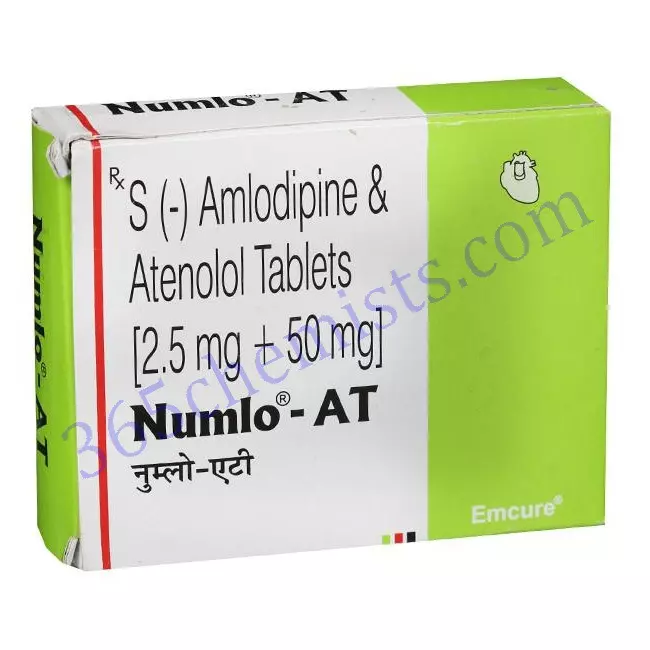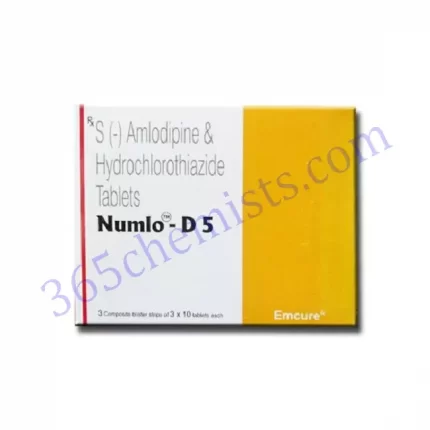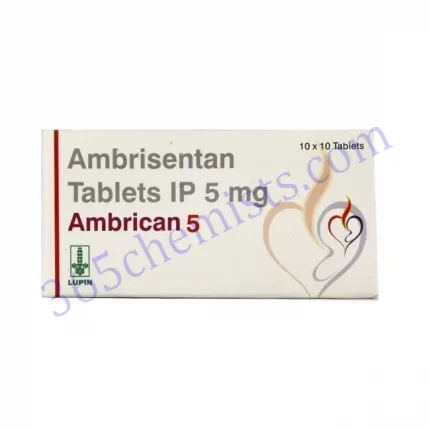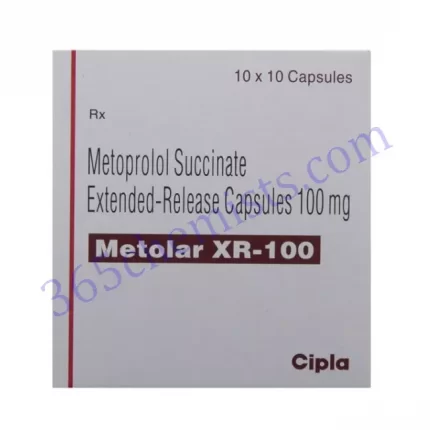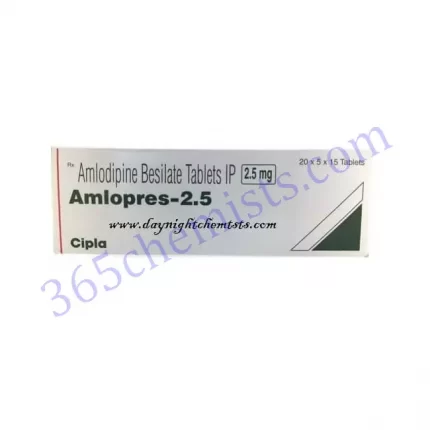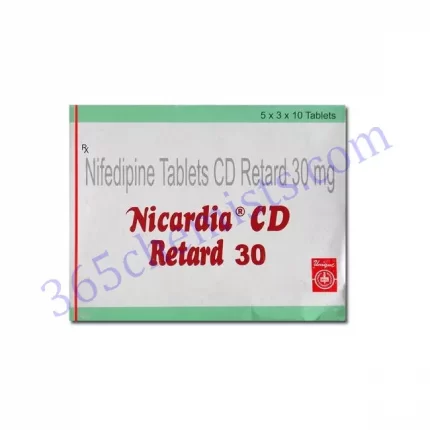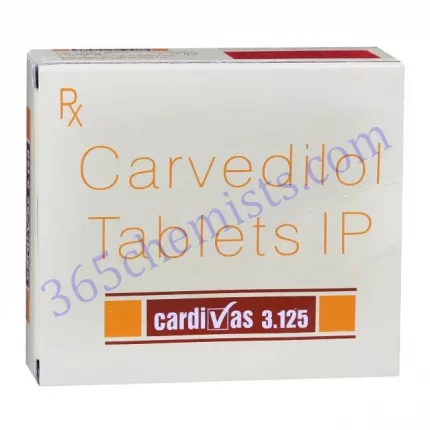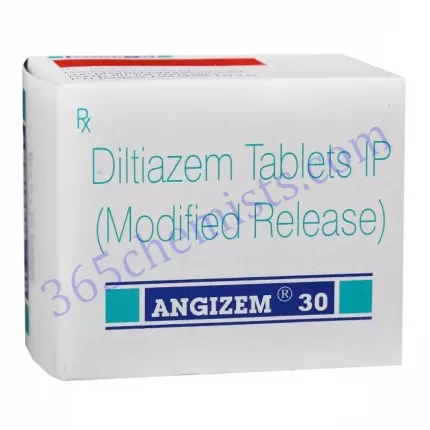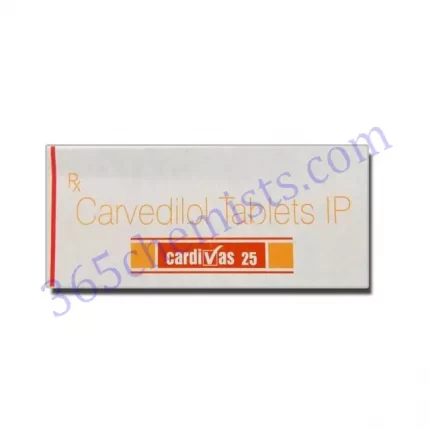Introduction
Amlodipine and atenolol are the two active components that can be found in a single dose of the combination medication known as Numlo-AT Tablet. It is a medication that is frequently recommended for the treatment of hypertension, which is another name for high blood pressure. Both amlodipine and atenolol are considered to be beta-blockers, but amlodipine is more specifically classified as a calcium channel blocker. This article provides a detailed description of Numlo-AT Tablet, including its make-up, the mechanism by which it works, therapeutic applications, dosage recommendations, and potential adverse effects.
Composition
The active ingredients in one Numlo-AT Tablet are equivalent to 2.5 milligrammes of amlodipine and 50 milligrammes of atenolol respectively. In addition to the active component, the tablet also has a number of inactive components, such as microcrystalline cellulose, lactose monohydrate, and magnesium stearate.
Mechanism of Action
Vasodilation and a relaxation of blood vessel smooth muscle are the results of amlodipine’s action, which is achieved by blocking calcium channels in smooth muscle cells. This contributes to a reduction in blood pressure by lessening the resistance of the peripheral vessels. On the other hand, atenolol is a beta-blocker that inhibits the effects of adrenaline on the beta receptors found in the heart in order to achieve its therapeutic effect. As a consequence, both the rate at which the heart beats and its contractility slow down, which further contributes to the reduction in blood pressure.
Therapeutic Uses
The treatment of hypertension is the primary purpose for which Numlo-AT Tablet is recommended. This medication offers a dual strategy for the management of high blood pressure by combining the antihypertensive drugs amlodipine and atenolol. Amlodipine is known to relax blood vessels, which in turn improves blood flow. Atenolol, on the other hand, is known to slow the heart rate and reduce the amount of work the heart has to do. These actions, when taken together, help to bring down blood pressure and cut down on the risk of cardiovascular complications.
Dosage Guidelines
It is possible for the recommended dosage of Numlo-AT Tablet (Amlodipine/Atenolol) to change depending on the specific patient who is being treated and the patient’s existing medical condition. It is extremely important to carry out the steps in the correct order as outlined by the healthcare professional who prescribed the medication. Oral consumption once a day, either with or without food, is the recommended way to take the tablet. Based on the patient’s response as well as other considerations, the medical professional will decide the specific dosage to be administered as well as the length of time the treatment will last.
Related Product
Numlo TM 5mg Tablet
Numlo AT Tablet
Numlo D 5mg Tablet
Numlo M 2.5mg Tablet
Numlo M 5mg Tablet
Numlo TM 2.5mg Tablet
S-Numlo 2.5mg Tablet
S-Numlo 5mg Tablet
Side Effects
Although the Numlo-AT Tablet is generally well tolerated, it is possible for some people to experience certain adverse effects from taking it. Fatigue, dizziness, headaches, nausea, and low blood pressure are just some of the common side effects that may occur. These unwanted effects are typically mild and short-lived, and they go away once the body becomes accustomed to the medication. On the other hand, it is imperative to speak with a medical professional in the event that these unwanted effects continue or become bothersome. Atenolol may, in extremely unusual circumstances, result in more serious adverse effects, such as bradycardia (a slowing of the heart rate) or bronchospasm, or it may trigger allergic reactions. Seek immediate medical attention in the event that you experience any of these potentially life-threatening adverse effects.
Conclusion
The combination medication known as Numlo-AT Tablet (Amlodipine 2.5 mg/Atenolol 50 mg) is prescribed for the treatment and management of hypertension. It provides a dual mechanism of action to lower blood pressure and reduce the risk of cardiovascular complications by combining amlodipine and atenolol. This allows for a more effective treatment of both conditions. However, it is absolutely necessary to use this medication under the direction of a trained medical professional and to be aware of any potential adverse effects. Patients are able to make educated decisions regarding the treatment of their hypertension if they have a thorough understanding of the medication’s constituent parts, mode of action, therapeutic applications, dosing guidelines, and potential side effects. It is essential to seek the advice of a qualified medical professional in order to receive individualised direction and treatment options that are catered to one’s specific requirements. Keep in mind that the information presented here is intended only as a general overview and is not intended to replace the advice of a qualified medical professional.

